Exploring Global Issues Together: How Student Collaborations Illuminate Our Path to a Sustainable Future
- P5G - Tomsett
- May 7
- 2 min read
In today's educational landscape, collaborative learning is more crucial than ever. A group of motivated students recently embarked on a fascinating journey to tackle global issues that our planet faces. Working together, they researched and categorized pressing topics, including Climate, Nature, Water, Global Issues, Living Things, NGOs, and Sustainable Development Goals (SDGs). This collaborative endeavor not only enhanced their understanding but also lit the way toward a sustainable future.
Understanding Global Issues
"Global issues" cover a wide range of challenges that impact people and ecosystems worldwide. Examples like climate change, which has caused 1.5 degrees Celsius of warming since the late 19th century, and the alarming loss of biodiversity—where approximately 1 million species are currently threatened with extinction—highlight the need for collective action. By categorizing these global challenges, students were able to grasp their interconnectedness and complexity.
During brainstorming sessions, students identified critical topics such as pollution, deforestation, water scarcity, and poverty. This real-world approach helped them contextualize their studies and sparked engaging discussions, showing their commitment to understanding pressing challenges.
The Categories: A Closer Look
Creating categories allowed students to focus their research and explore specific topics in depth. For instance, under the Climate category, they examined the causes and effects of global warming. They discussed renewable energy alternatives, such as solar and wind power, which could significantly lower carbon emissions—potentially reducing them by up to 80% in some regions if widely adopted.
In the Nature category, the discussions revolved around ecosystems like coral reefs and rainforests. Students highlighted vital services provided by these ecosystems, such as carbon storage and water filtration. The Water category led them to investigate access to clean water and the global water crisis; for instance, more than 2 billion people currently live without reliable access to safe drinking water, a basic human necessity. Each category allowed for a deeper understanding of the global issues at hand.
Presenting Findings
After thorough research, students gathered to present their findings. Each group articulated their insights and conclusions, enhancing their public speaking skills and promoting critical thinking. Presenters utilized engaging visuals and compelling data, fostering interactive discussions among classmates.
For example, one group addressed climate change by sharing alarming statistics, like the fact that extreme weather events have doubled in frequency over the past 50 years. Another group explored the role of NGOs, showcasing successful programs like the work of the World Wildlife Fund, which has helped preserve 1.3 million square miles of habitat. These presentations transcended traditional assignments and inspired the students to consider their roles in enacting positive change.
Moving Forward Together
Collaborative exploration of global issues not only amplified the students' knowledge but also empowered them to think critically and engage with the world around them. This initiative nurtured their awareness and inspired future leaders who recognize the complexity of global challenges.
By embracing teamwork and sharing insights, these students have made significant strides toward building a sustainable future. Their enthusiasm and dedication remind us all to actively participate in tackling global issues. As they continue their journey, these young advocates are poised to play an essential role in creating a better world for generations to come.






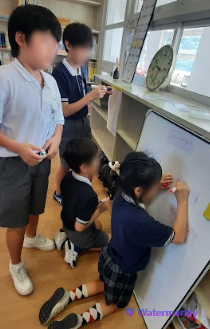

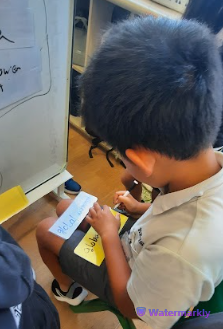

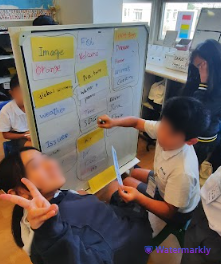






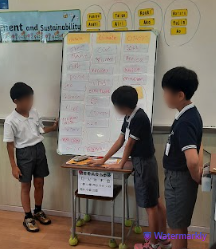
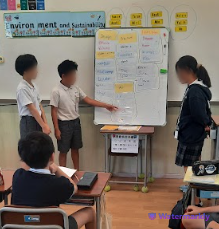























Comments